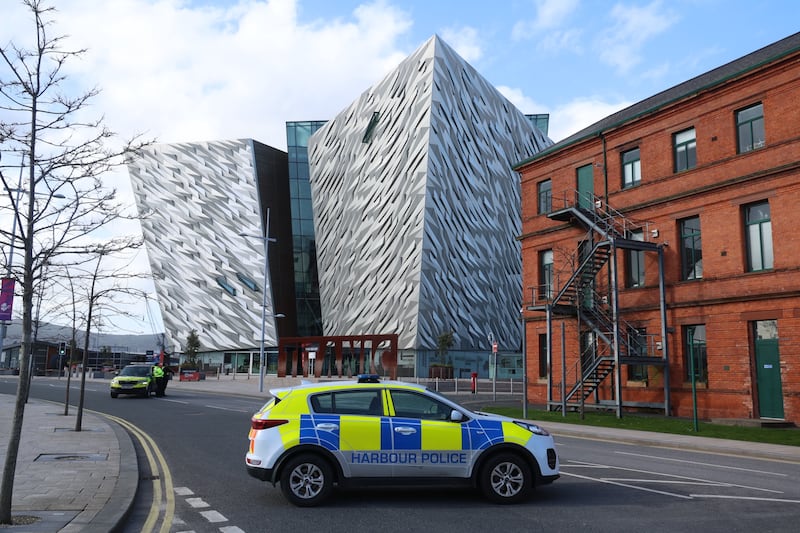The impact of Storm Kathleen led to disruption to flights and ferry sailings as well as power outages across many parts of Northern Ireland over the weekend.
The strongest winds reaching 69mph were recorded in Co Down as a yellow weather warning remained in place throughout Saturday.
#StormKathleen continues to bring strong winds to the UK, here's an update of the highest gusts so far 👇
— Met Office (@metoffice) April 6, 2024
⚠️ Stay #WeatherAware pic.twitter.com/jYLGMbzDHo
Blustery conditions and rain continued to grip many parts of the north on Sunday, with the PSNI warning that the “effects of yesterday’s storm are still being felt” as flooding and fallen trees continued to cause travel disruption.
A spokeswoman said: “Please exercise caution on the roads, and leave additional time for your journey where necessary”.
Several flights - including all Aer Lingus services at Belfast City Airport and some other flights from Dublin - as well as ferry sailings were cancelled as a result of the adverse weather.
There were multiple instances of fallen trees in the north throughout Saturday amid the high winds.
Areas affected included Holywood, Carryduff, Killyleagh, Dundonald, Dunloy and Newtownards.
The Met Office had warned of blustery showers in parts of Northern Ireland, with strong to gale force southerly winds and possibly severe gales for a time along the Down and Antrim coasts.
For the second time this year, part of the roof of Titanic Belfast was damaged by strong winds.
A spokesperson said the visitor centre was closed on Saturday afternoon and would remain closed on Sunday as a “precautionary measure”.

“Due to the ongoing inclement weather, access to the roof to assess the damage is limited and remedial works can not yet begin to take place,” he said.
The centre, which was previously been impacted by Storm Isha in January, is due to re-open on Monday.
Around 750 customers were left without power, according to NIE Networks, which said high winds caused “a low level of damage to the electricity network”.
“Our teams are working to repair any damage caused and restore power as quickly as possible,” a spokesperson said.
In the Republic, a peak of around 34,000 outages was recorded on Saturday.
A spokesman for ESB Networks said: “ESB Networks crews will continue to work late into the evening with a view to restoring supply to the vast majority of impacted customers by tonight.
“However, there will be some customers without power overnight.”
A yellow wind warning remained in place across parts of the Republic until 8pm on Sunday.
Forecaster Met Eireann had warned of gale force southerly winds bringing a risk of difficult travel conditions, fallen trees, power outages and flooding along coastal areas.
Hear the latest National Forecast with Linda Hughes for today & the next few days.
— Met Éireann (@MetEireann) April 7, 2024
🎙️Our 'Weather Forecast from Met Éireann' podcast is updated 3 times daily with the latest forecast
⏲️ 6am🔹 12pm 🔹 6pm
Listen here 👇https://t.co/sJkbxPsd1J pic.twitter.com/jVRjdUQdRZ








